
Discover the history, design, and modern appeal of pilot’s watches—from the Breitling Navitimer to Rolex’s GMT-Master and Patek’s Calatrava Pilot.

Few genres make the link between function and form as clearly as pilot’s watches. The story begins in aviation’s earliest years, when pocket watches proved awkward in cramped cockpits and pilots needed something they could read at a glance. Louis Cartier’s 1904 Santos-Dumont, built for his friend and aviator Alberto Santos-Dumont, set that precedent and put aviation at the heart of wristwatch history.
As flight evolved from open-air adventure to military necessity, watches followed suit. Pilots needed tools that could handle vibration, altitude, and magnetism. Watchmakers, ever competitive, answered quickly. By the 1930s and 1940s, Germany’s B-Uhr specifications defined what a pilot’s watch should be: oversized cases, luminous numerals, a prominent triangle at twelve, and large crowns that could be used with gloves. The RAF’s IWC Mark 11, introduced in 1948, refined the template further with chronometer precision and a soft-iron inner case to protect against magnetism.
Between these milestones came watches like the Longines Lindbergh Hour Angle of 1931, created with Charles Lindbergh to help aviators calculate longitude during long-distance flights. Each breakthrough reflected a need that existed before radar, GPS, or modern instrumentation.
As aviation entered the jet age, pilot’s watches gained new complications to match the times. Breitling’s Navitimer put a circular slide rule on the wrist, letting pilots perform airspeed and fuel calculations. Rolex answered with the GMT-Master, which added a fourth hand and rotating bezel to track two time zones at once. Even as flight instruments advanced, these watches stayed in cockpits. They later became symbols of exploration and technical elegance.
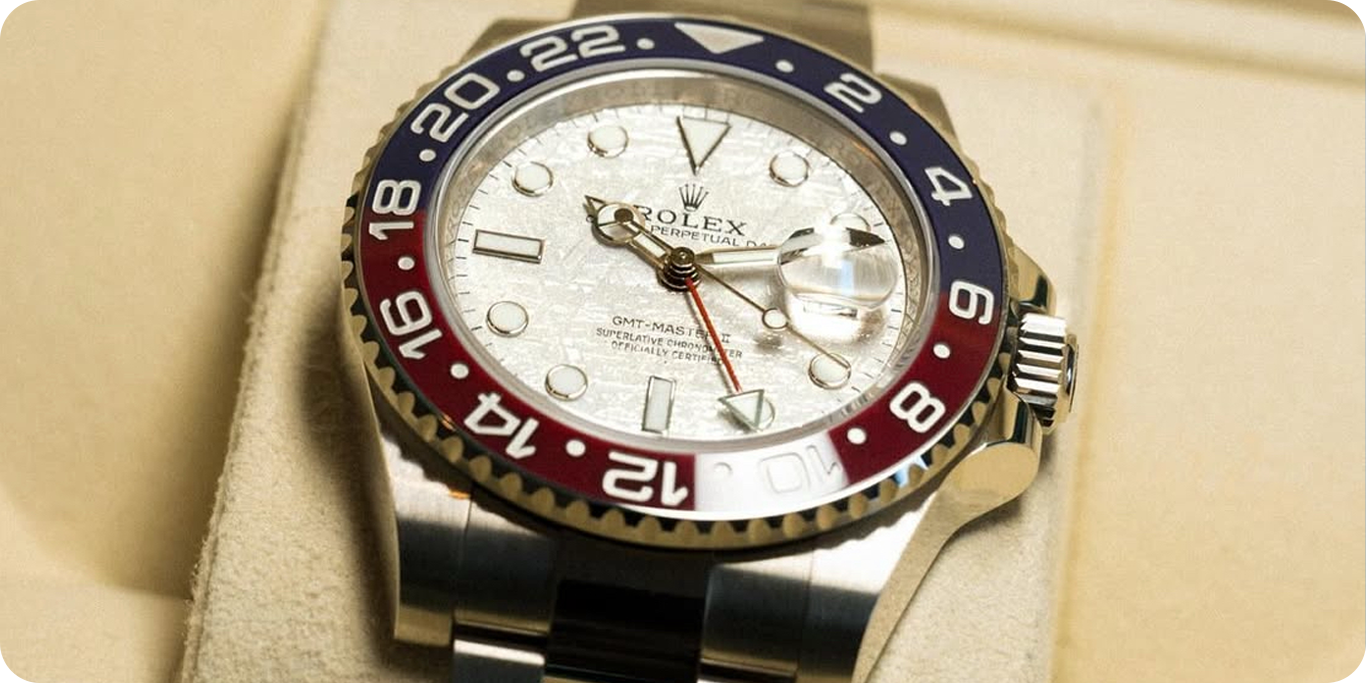
The appeal of a pilot’s watch lies in how straightforward it feels. You can read the time instantly, no matter the light, and there’s a certain confidence in the way these watches sit on the wrist—solid, but not showy. The standouts manage to feel purposeful without looking overbuilt, which is why so many collectors reach for them day after day.
For modern buyers, that balance of history, usability, and quiet style is exactly what keeps pilot’s watches relevant. They connect a collection to real-world tool making while offering a range of personalities, from the instrument-like precision of a Navitimer to the quiet sophistication of a Calatrava Pilot. In short, they bring adventure and authenticity to any rotation.
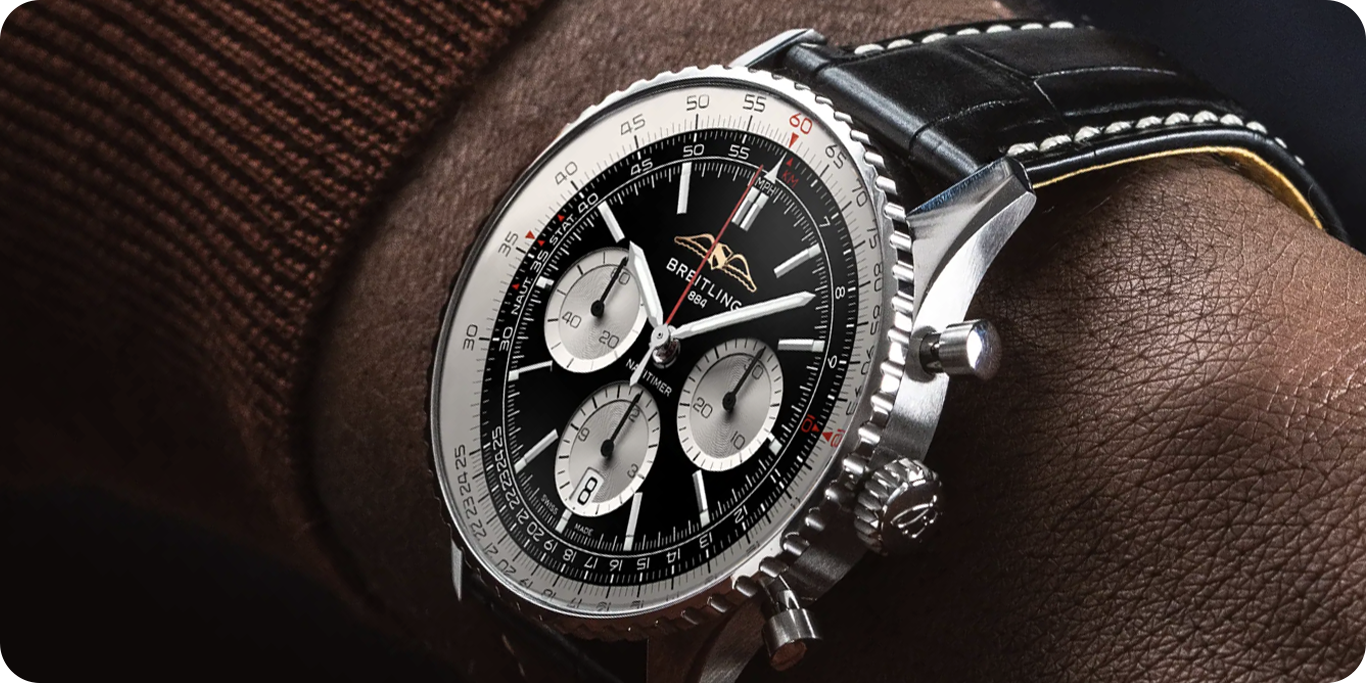
The Navitimer has been a fixture in aviation since 1952, when it became the official watch of the Aircraft Owners and Pilots Association. Its slide-rule bezel wasn’t decoration; it was a pilot’s calculator. Strap it on and you understand why pilots trusted them: everything about the layout feels engineered for quick calculation.
The modern Navitimer 01 carries that same functionality with an in-house Breitling B01 movement offering a 70-hour power reserve and crisp column-wheel chronograph engagement. The 43 mm case stays true to the original’s proportions while improving durability and water resistance.
Early Navitimers used hand-wound Venus and Valjoux calibers, so the B01’s integration marked Breitling’s entrance to the landscape of true in-house chronograph engineering. For collectors, the AB0120 stands as a defining reference that bridges mid-century aviation and contemporary watchmaking.
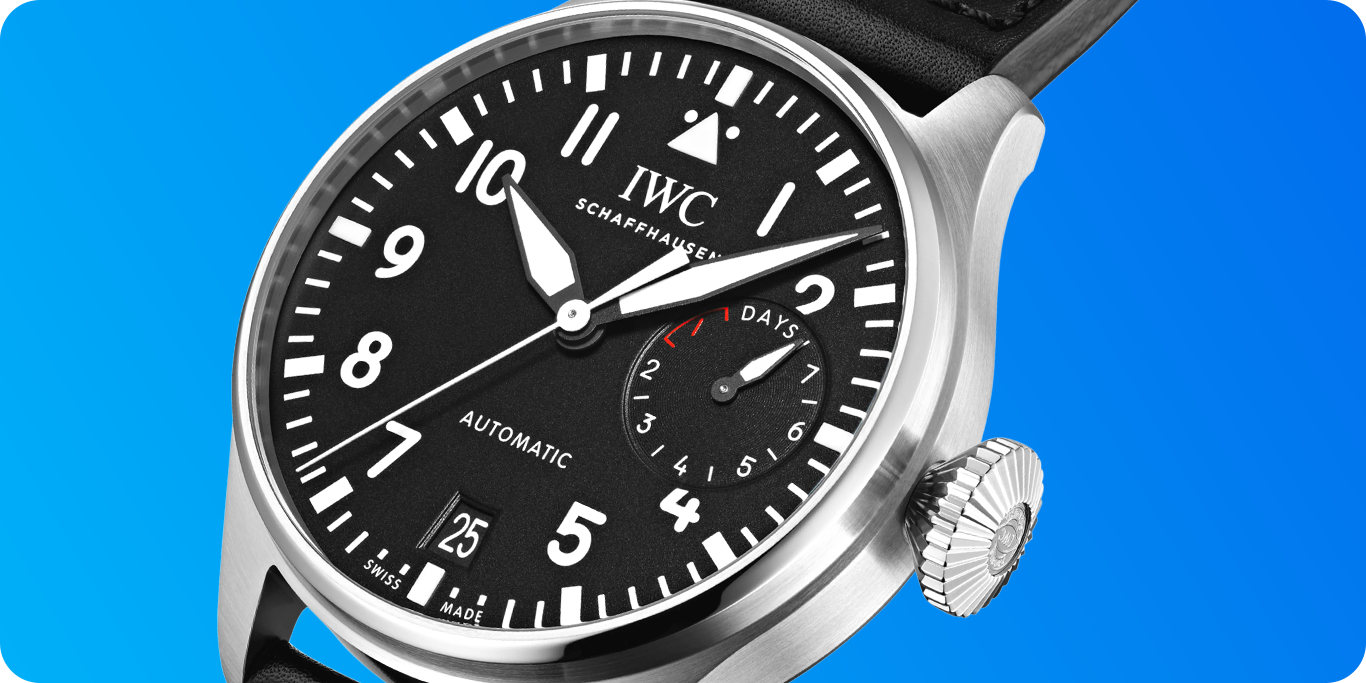
The Big Pilot draws its DNA from the IWC 52 T.S.C., a 1940s "Beobachtungsuhr" designed for cockpit navigation. Today’s version keeps that spirit alive with a 46 mm steel case, conical crown, and ultra-legible Arabic numerals. Inside, IWC’s Calibre 52110 provides a seven-day reserve, dual barrels, and a soft-iron inner case for anti-magnetic protection.
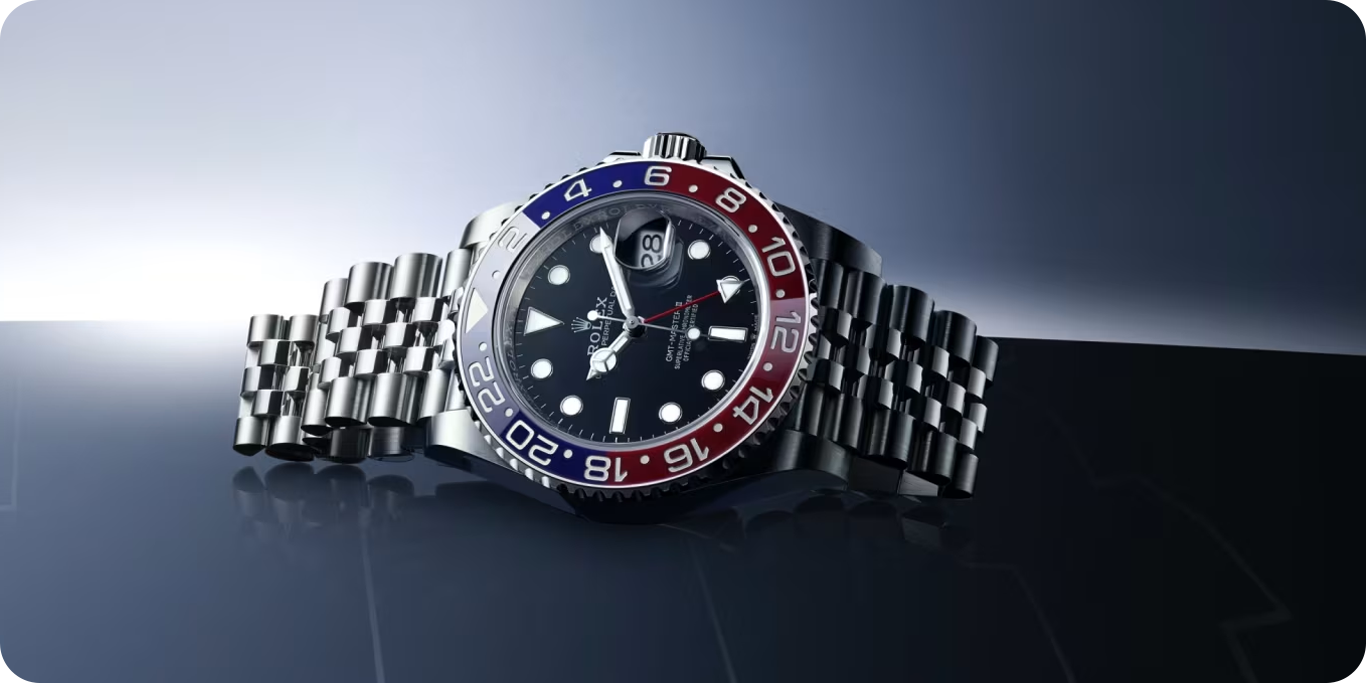
The red-and-blue bezel is one of the most recognizable color combinations in watchmaking. Originally designed in 1955 for Pan Am pilots, it helped wearers distinguish day from night while tracking multiple time zones. The modern GMT-Master II “Pepsi” carries that legacy forward with Rolex’s Calibre 3285, which offers a 70-hour power reserve and independent local-hour adjustment for seamless travel.
The two-color Cerachrom bezel represented a breakthrough in ceramic technology when it debuted, and the return of the Jubilee bracelet on this reference underscores the brand’s attention to comfort and history. It works as well on a red-eye as it does at a board meeting, combining vintage lineage with everyday reliability.
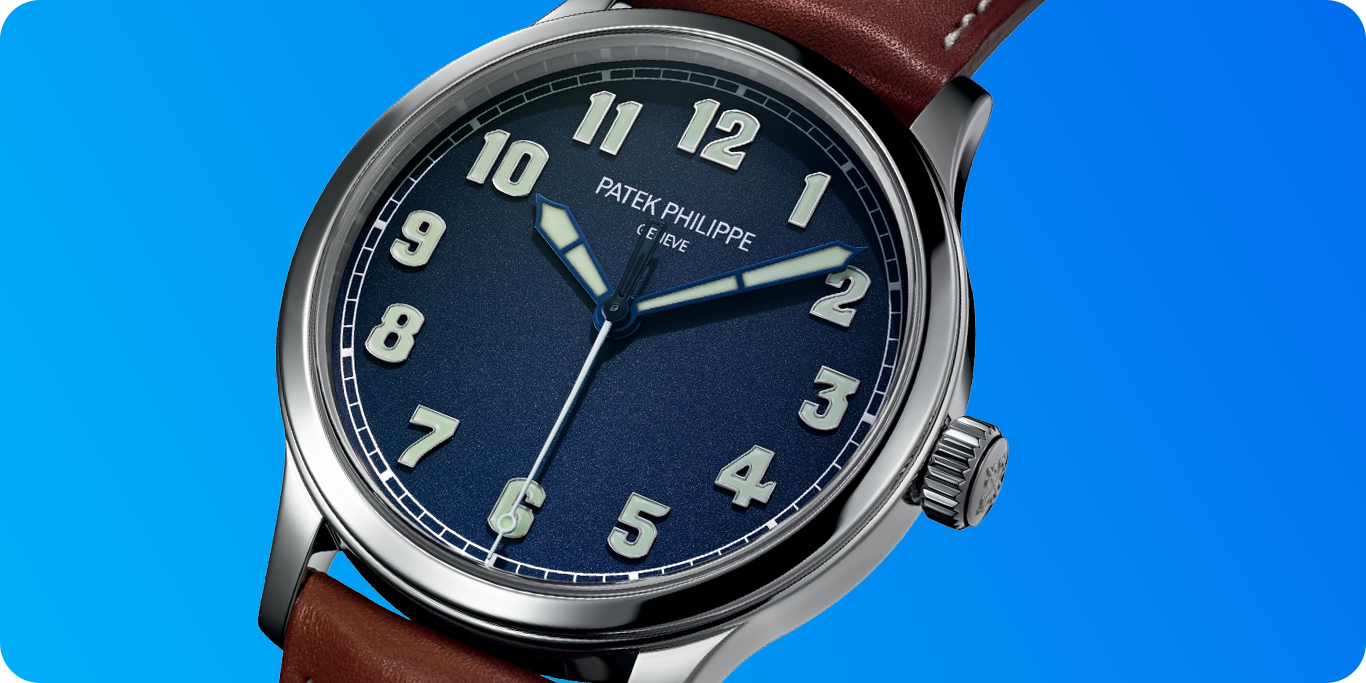
Patek’s 2017 Calatrava Pilot in steel surprised many collectors, but its design draws from the brand’s 1930s and 1950s pilot prototypes like the Hour Angle and Ref. 608A. The 42 mm case, blue lacquer dial, and applied white-gold numerals deliver instant legibility without straying from Patek’s refined aesthetic. The blue dial catches light softly, giving the watch more character than press photos ever show.
Inside is the Caliber 324 S, a slim automatic movement visible through a sapphire back engraved “Patek Philippe New York 2017.” Limited to 600 pieces, the 5522A represents one of the few modern steel Calatrava references, and a rare moment when Patek revisited tool-watch heritage.
Bezel is the top-rated marketplace for buying and selling luxury watches. We give you access to tens of thousands of the most collectible watches from the world's top professional sellers and private collectors. Every watch sold goes through our industry-leading in-house authentication process, so you can buy, sell, and bid with confidence.
Download the Bezel app on the iOS App Store or start searching for your next watch today at getbezel.com.
Bezel is available to download on the App Store now. Please reach out to our concierge team if there is anything we can help you with!